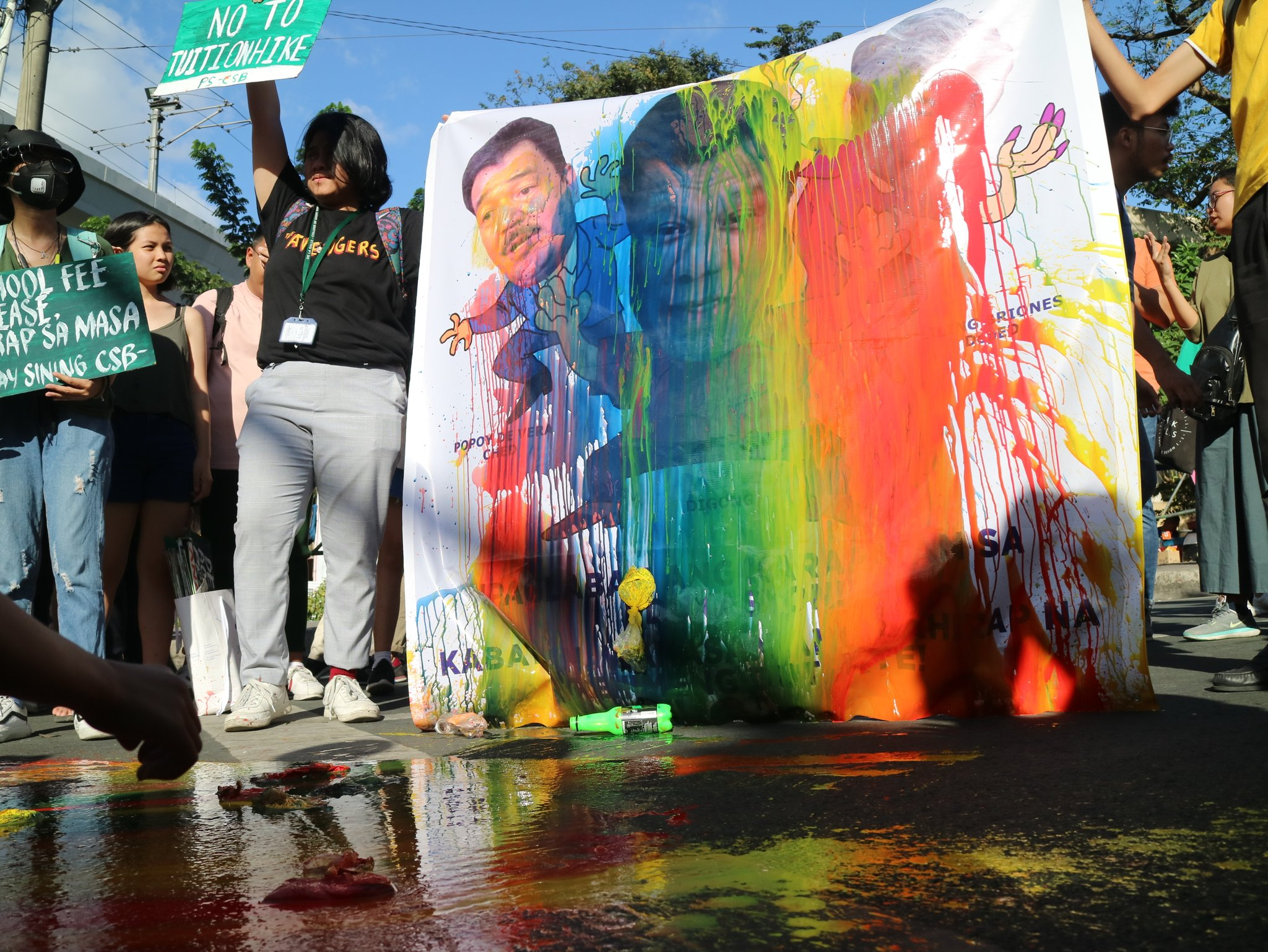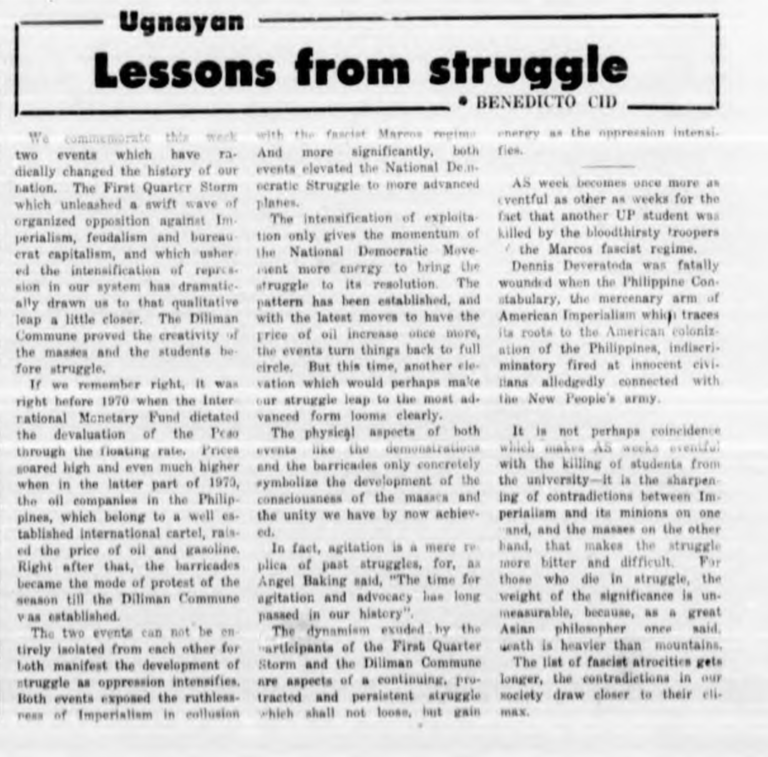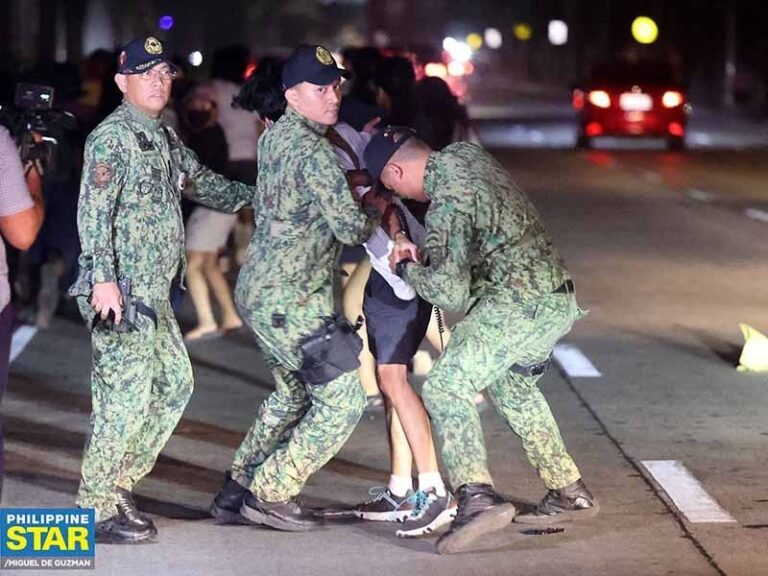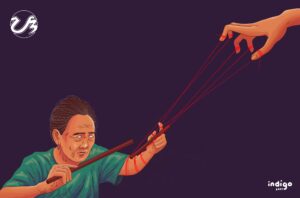
An education crisis is looming on the corner, While the Philippines is yet to see the light at the end of the pandemic tunnel, another crisis is looming on the horizon — a crisis on education.
The Department of Education (DepEd) and Commission on Higher Education (CHED) pursued a “blended” approach to learning to adapt to the new normal. Students have synchronous, on-screen classes wherein subjects are discussed via video calls, and asynchronous, off-screen sessions wherein students are supposed to continue studying on their own.
Although the process of blended learning seems simple enough, it is burdensome to one’s self-discipline and takes away much of the social aspect of learning.
Technological advancements are crucial for human beings to ease their way of life. Moreover, their integration in the field of education provides new opportunities to advance learning and make it more accessible. But in times of crises, they mostly favor only the privileged.
Ahead of the first academic year of online learning, students and teachers alike took to their social media to call for #AcademicFreeze, #NoStudentsLeftBehind, and #LigtasNaBalikEskwela. Such an outpouring of exhaustion, frustration, and complaints continues today.
At its core, remote learning in a country where almost a quarter of the population live in poverty, is anti-poor. The deepening and widening of the digital divide have deprived many of the right to education. As learning becomes more reliant on internet access and various gadgets, students and teachers are expected to be resourceful. However, limited resources offer limited information.
There have been concerns with internet connection speed. Circumstances where students and teachers get disconnected repeatedly during synchronous classes have proven inconvenient and exhausting.
As of July 2021, Ookla’s Speedtest Global Index report shows a modest increase in the Philippines’ ranking: 72nd on mobile internet and 63rd on fixed broadband. Both are improvements from the 83rd and 100th on their respective categories from the January 2021 report.
Although these are positive developments, there have still been accounts from residents in far-flung areas who had to literally move to higher ground (e.g., roofs, atop hills) just to keep up with their classes. In addition, internet bills eat up a significant portion of a household’s budget that could have been allotted for food, housing, and other basic necessities. The expectancy of backup mobile data when one loses broadband connection during classes is costly and impractical, especially during an economic crisis that has sapped income from so many families.
There is no doubt that if the remote learning setup continues, the negative impact it would have on students, teachers, and parents would also intensify. Dropout rates would increase further. Self-studying would prove too stressful and directionless.
Remote schooling has become so requirement-driven but hands-on activities may be harder for many to do alone. Often, students are required to do tasks that require filming themselves. However, not everyone resides in spacious houses. School tasks and household chores also take their toll on our energy and mental health.
To quote the late American teacher Anne Sullivan, “children require guidance and sympathy far more than instruction.” Remote learning fails to deliver such guidance and sympathy to our students and teachers.
College is where one pursues a field of interest to master. However, in the age of e-learning, carrying out the practices of our chosen fields has been littered with shattered hopes and a barrage of what ifs. For a freshman like me, it has dampened my enthusiasm to experience what it is like to be a college student.
The UP System has appealed to the Inter-Agency Task Force for the Management of Emerging Infectious Diseases (IATF-EID) for limited face-to-face classes in instances of “comprehensive examination, thesis or dissertation, field work, on-the-job training, and studio performances”. If approved, less than 2% of UP Diliman’s population would be allowed to attend face-to-face classes.
The current state of our education would have not been this dire if not for the mismanagement of the health crisis. Although, pre-pandemic has shown flaws in the Philippine education system. The 2019 Trends in International Mathematics and Science Study (TIMSS) results, based on fourth grader math and science assessments, suggest that the Philippines is in a “significantly lower” rank than any other participating countries.
This crisis in education is a manifestation of a lot of ignored concerns, inconsiderate policies, and lack of unity among authorities.
“Kabataan ang pag-asa ng bayan,” yet the current administration’s negligence is killing a lot of dreams. So much wasted budget and thoughtless planning from the departments assigned for education and the welfare of the students and teachers that it’s draining a lot of hopes.
Education yields knowledge, which then contributes to progress. If we’re hoping for a better future, shouldn’t we aim for accessible, quality education for all?
The youth’s call for a” Ligtas Na Balik Eskwela” is an assertion that no student should ever be left behind. This isn’t just a cry for themselves but also for every Filipino. Dismissing this plea and attacking those who are making them is indicative of the Duterte’s administration’s broken promises and failure to deliver for its people.
Featured image courtesy of Anakbayan.







